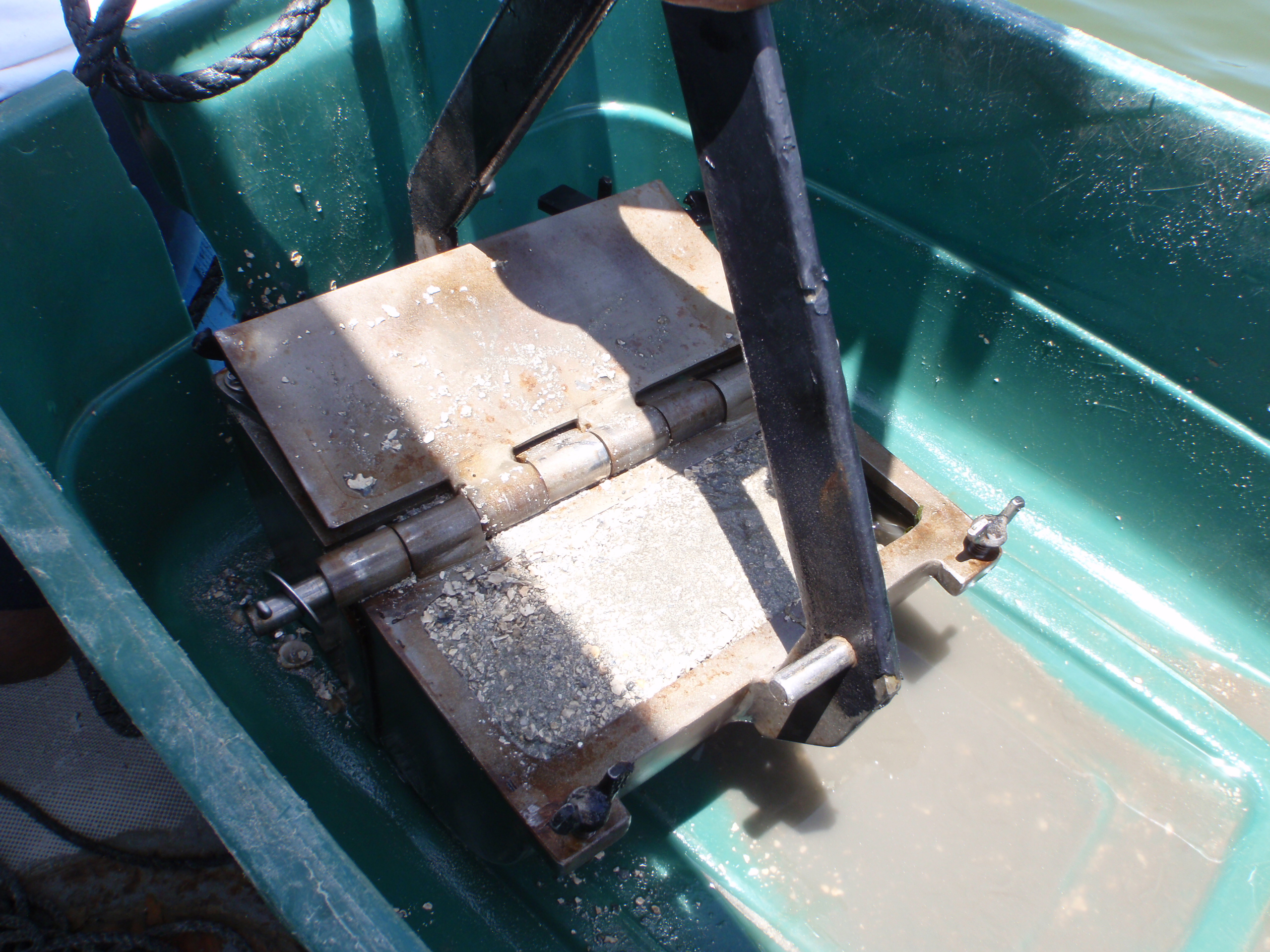
The project was developed to provide local resource managers in St. Croix with comprehensive data on chemical contaminants found in sediments, as well as an assessment of the benthic infaunal community (i.e., living within bottom sediments). It was undertaken at the request of the U.S. Virgin Islands Department of Planning and Natural Resources to improve understanding of the environmental condition of the St. Croix East End Marine Park (STXEEMP), particularly regarding the presence and impact of chemical pollutants.
Why We Care
NCCOS has a long-standing partnership with the U.S. Virgin Islands Department of Planning and Natural Resources (DPNR) on projects related to chemical contaminants. Previous collaborations include studies in Coral Bay, St. John (Whitall et al., 2014), and the St. Thomas East End Reserves (STEER) (Pait et al., 2013). In 2005, NCCOS worked with DPNR and the National Park Service to conduct an ecological characterization of Salt River Bay National Historical Park and Ecological Preserve (SARI) in St. Croix (Kendall et al., 2005), which was later expanded in 2018 with a chemical contaminant and bioeffects assessment (Pait et al., 2020). Following this work, the St. Croix East End Marine Park (STXEEMP) was identified as the next priority area for an assessment of chemical contaminants and bioeffects in sediments. These coordinated efforts across SARI, STEER, Coral Bay, and now STXEEMP, allow for direct comparisons of environmental conditions among several managed areas in the U.S. Virgin Islands.
What We Did
In March 2021, we collected 38 sediment samples from both stratified random and targeted sites across STXEEMP. These samples were analyzed for over 270 core chemical contaminants, including organic compounds (e.g., hydrocarbons and pesticides) and inorganic elements (e.g., metals). Additionally, nine samples from targeted sites were tested for emerging contaminants such as polybrominated diphenyl ethers (PBDEs) and per- and polyfluoroalkyl substances (PFAS). Bioeffects analyses were also conducted, including a Cytochrome P450 toxicity assay, a benthic infaunal community assessment, and a sea urchin development assay, to evaluate potential ecological impacts.
What We Found
The findings revealed generally low levels of chemical contaminants and minimal expected biological impacts. At all stratified random sites, contaminant levels were well below established sediment quality guidelines, suggesting a low likelihood of adverse effects. Some targeted sites showed higher concentrations; notably, one site had levels of chromium, nickel, and zinc above guideline thresholds, suggesting potential effects on sensitive benthic organisms. Copper levels at the same site exceeded guideline thresholds, indicating that adverse effects were likely. Concentrations of PBDEs and PFAS were low across all sites where they were analyzed.
The sea urchin development assay results were inconclusive due to high levels of unionized ammonia of unknown origin. The Cytochrome P450 assay showed low toxicity responses, aligning with the low organic contaminant levels. The benthic infaunal analysis indicated consistent community structure across the park, typical of subtropical benthic habitats, and suggested minimal ecological disturbance.
Overall, chemical contaminant levels and associated biological effects in the STXEEMP were generally low, likely due to the predominantly sandy sediments, which do not readily retain contaminants. While this points to overall low environmental contamination, a few localized exceptions may still be present. To gain a more comprehensive understanding, a follow-up multi-matrix study involving the analysis of fish tissue was conducted from 2021–2022 (report under development).
Benefits of Our Work
This study provides a valuable overview of current chemical contaminant levels and potential biological effects in STXEEMP sediments. These findings can serve as a baseline for future monitoring and management efforts in the region.
